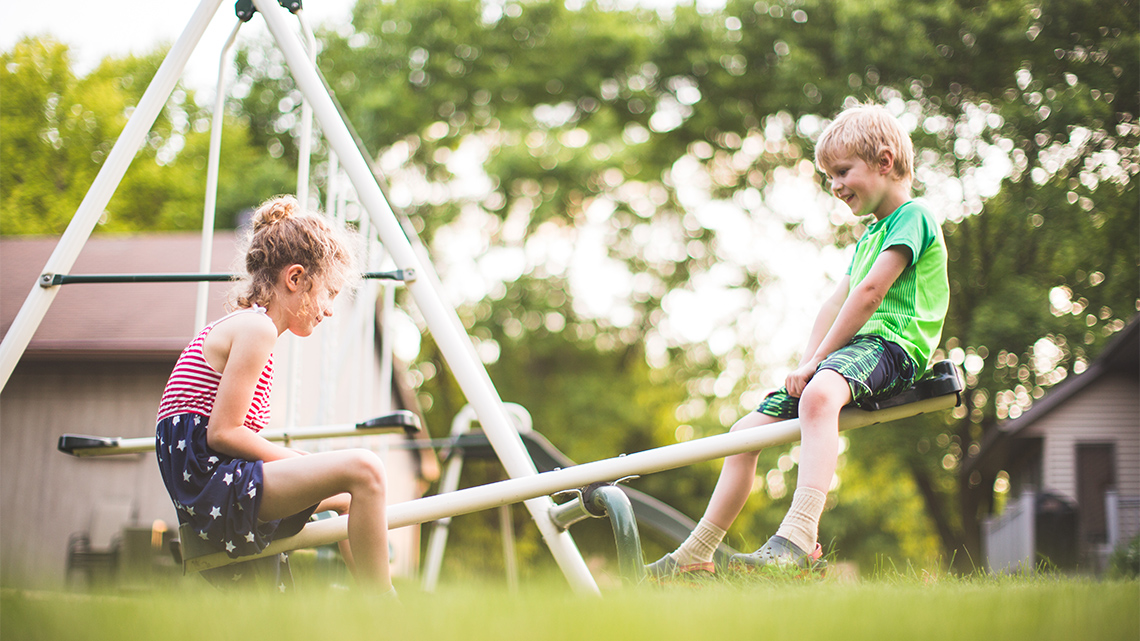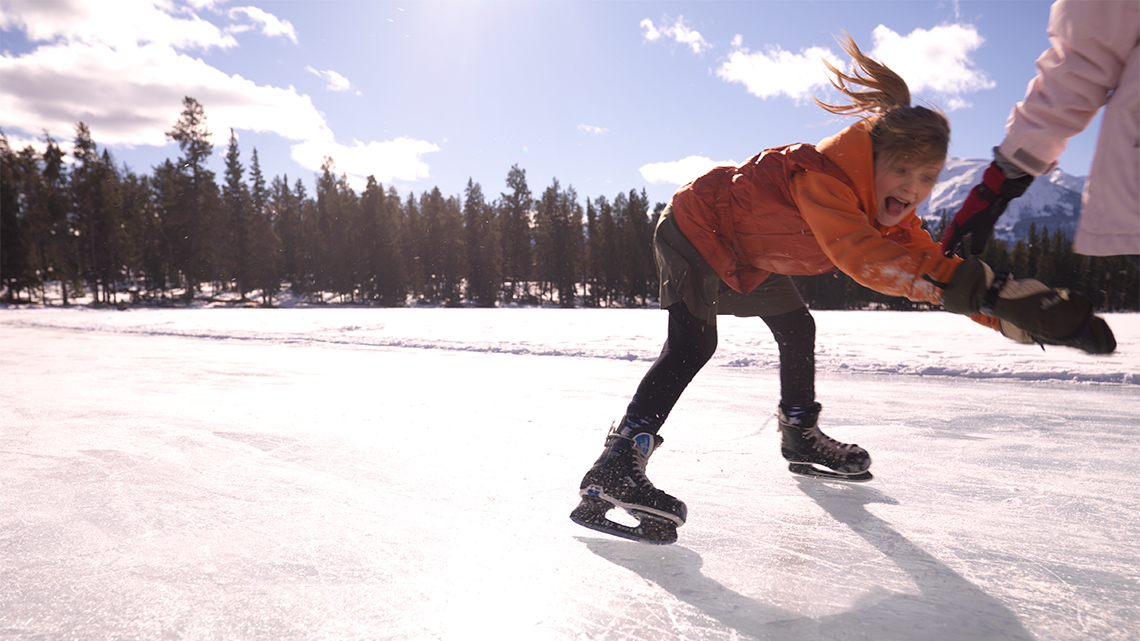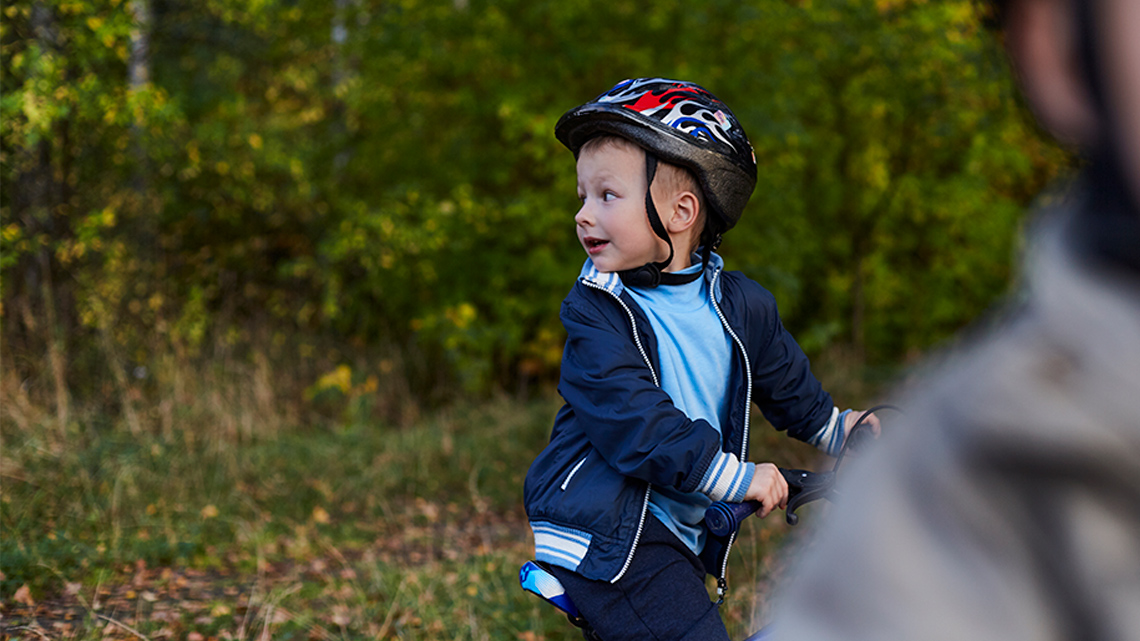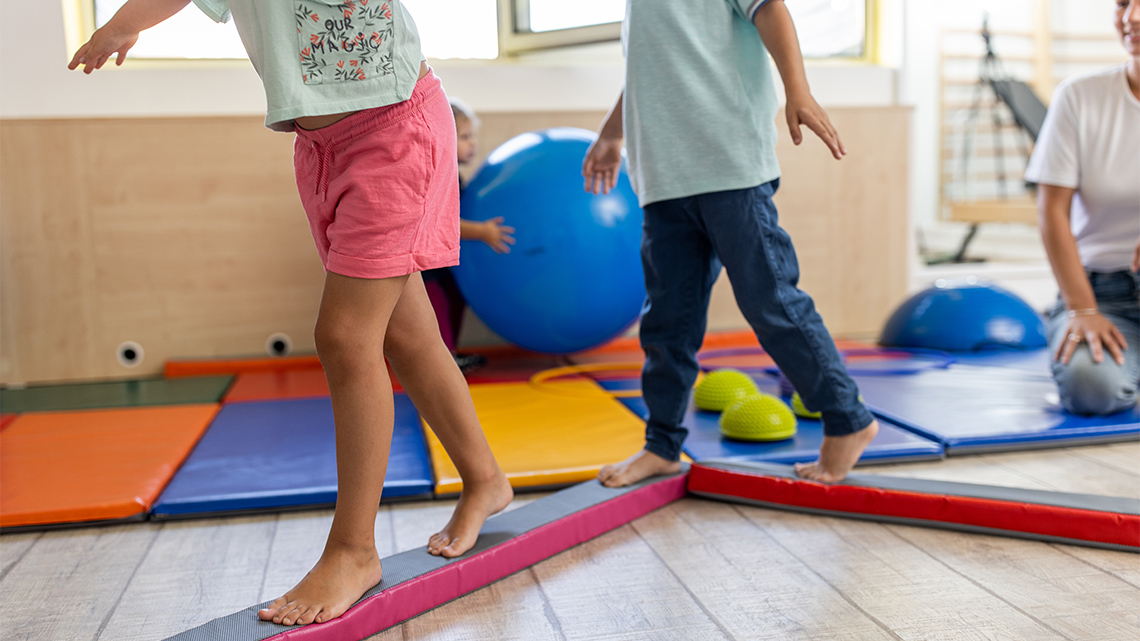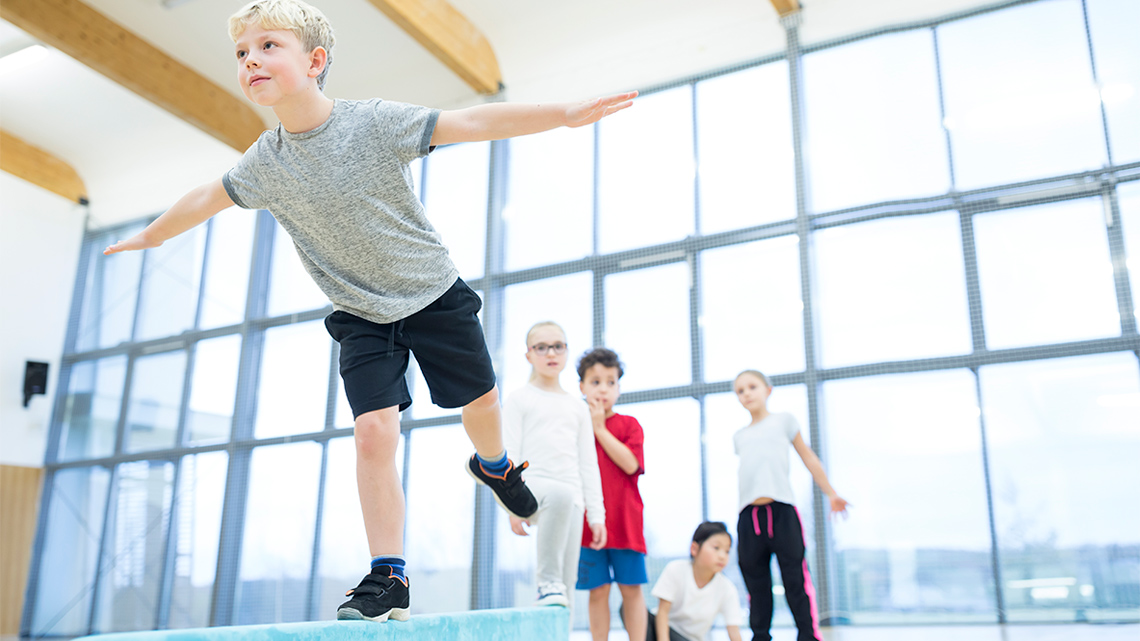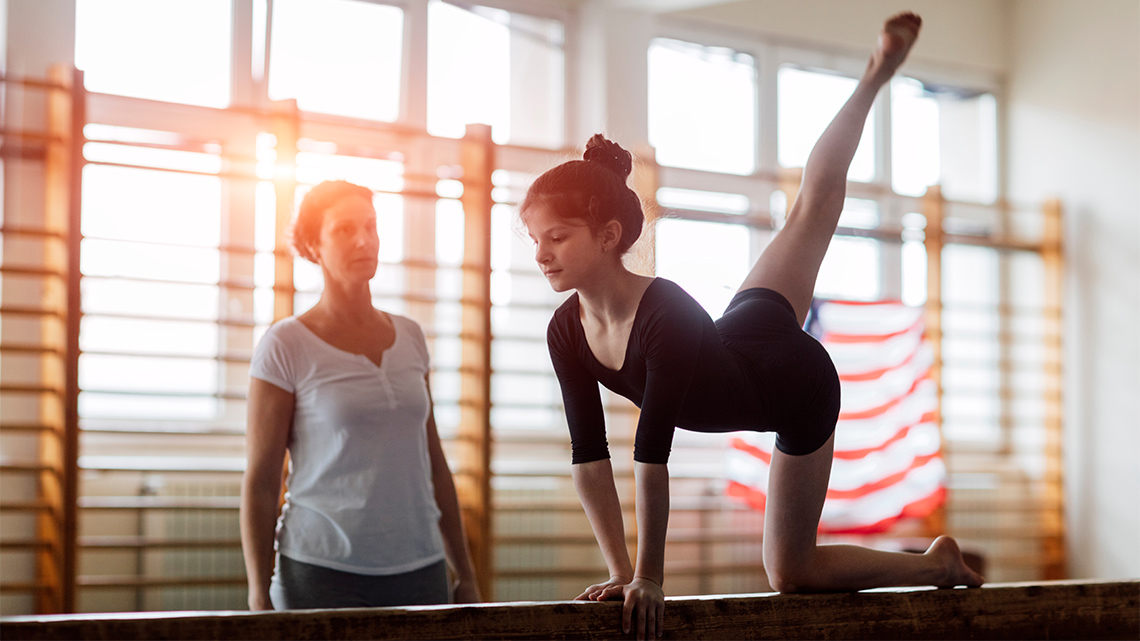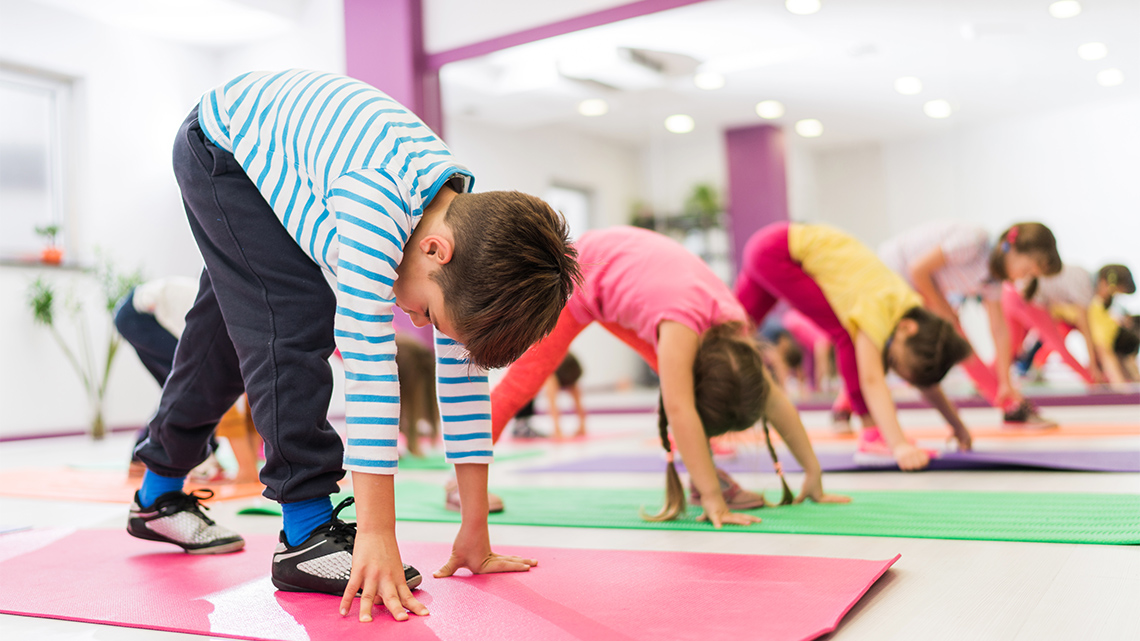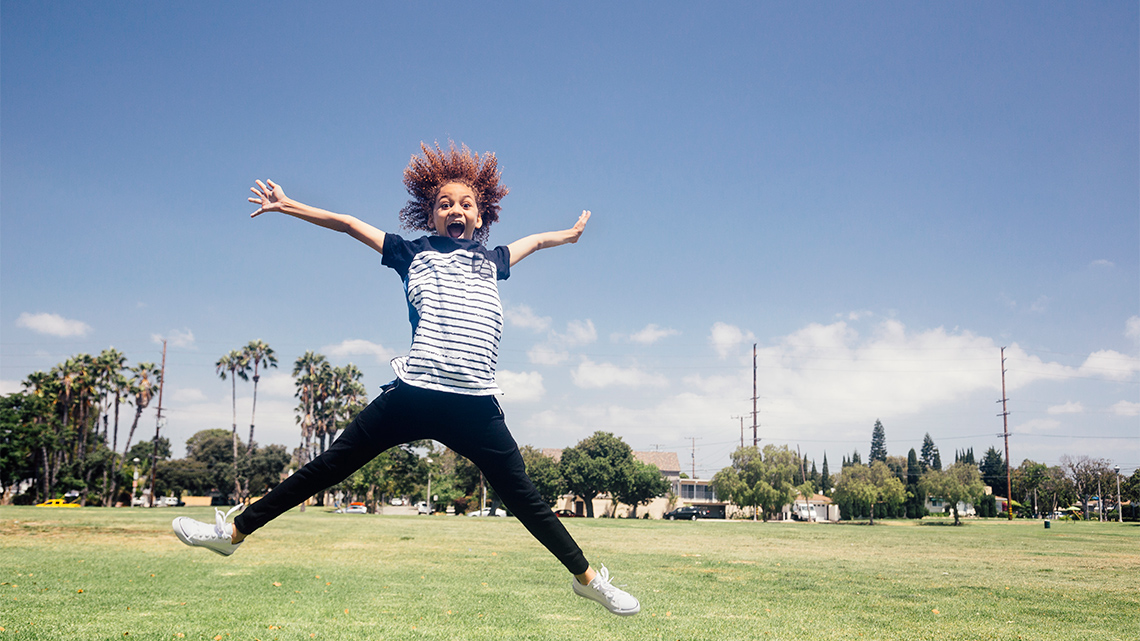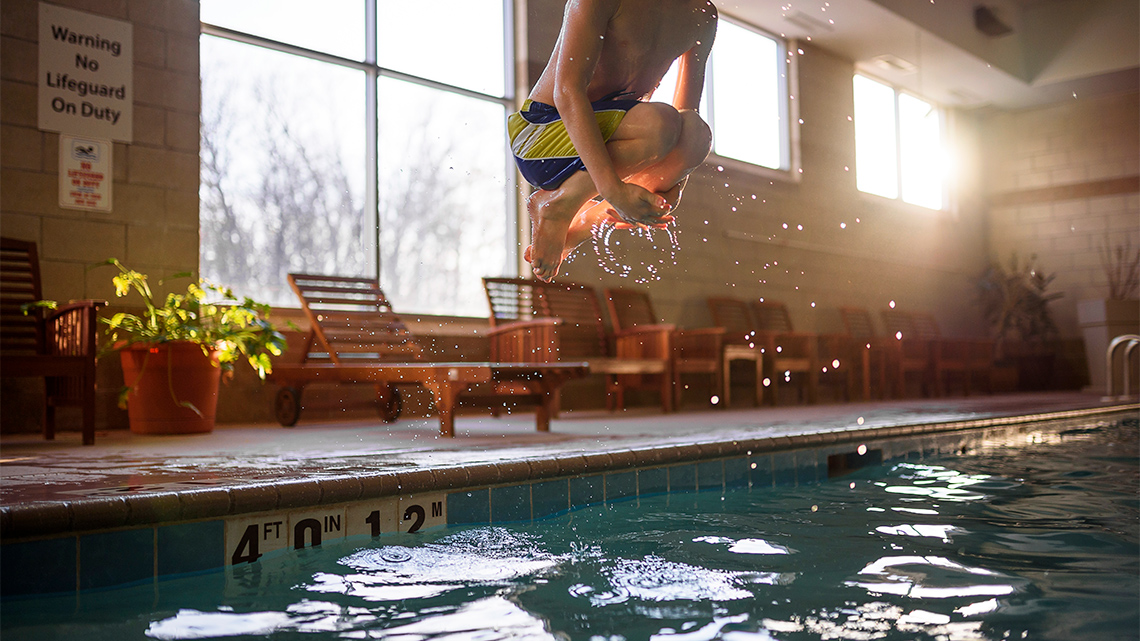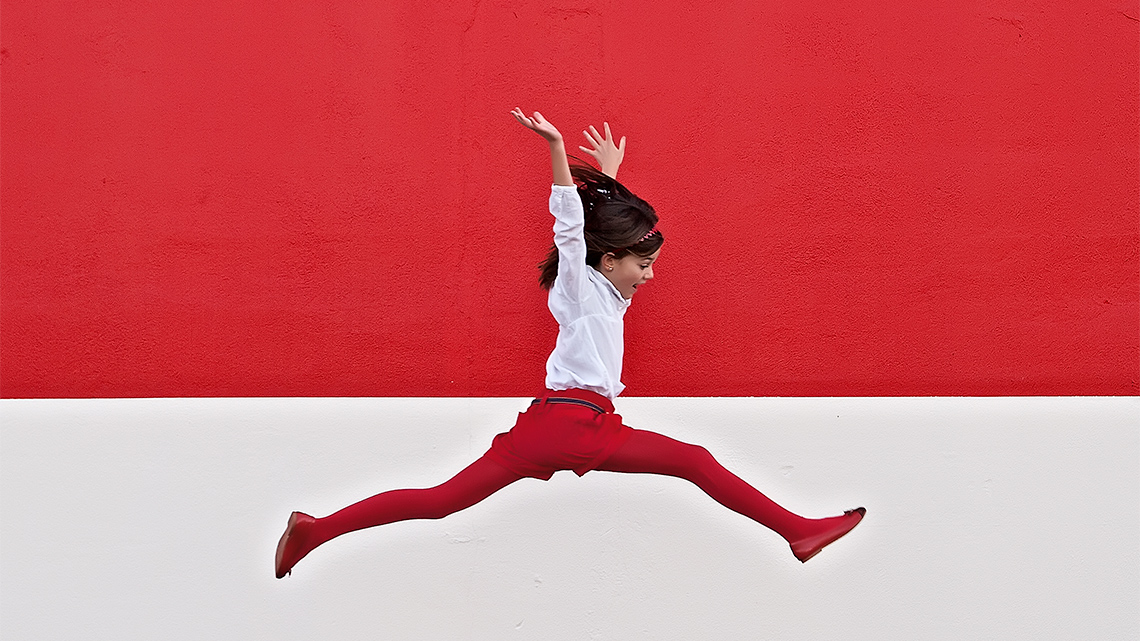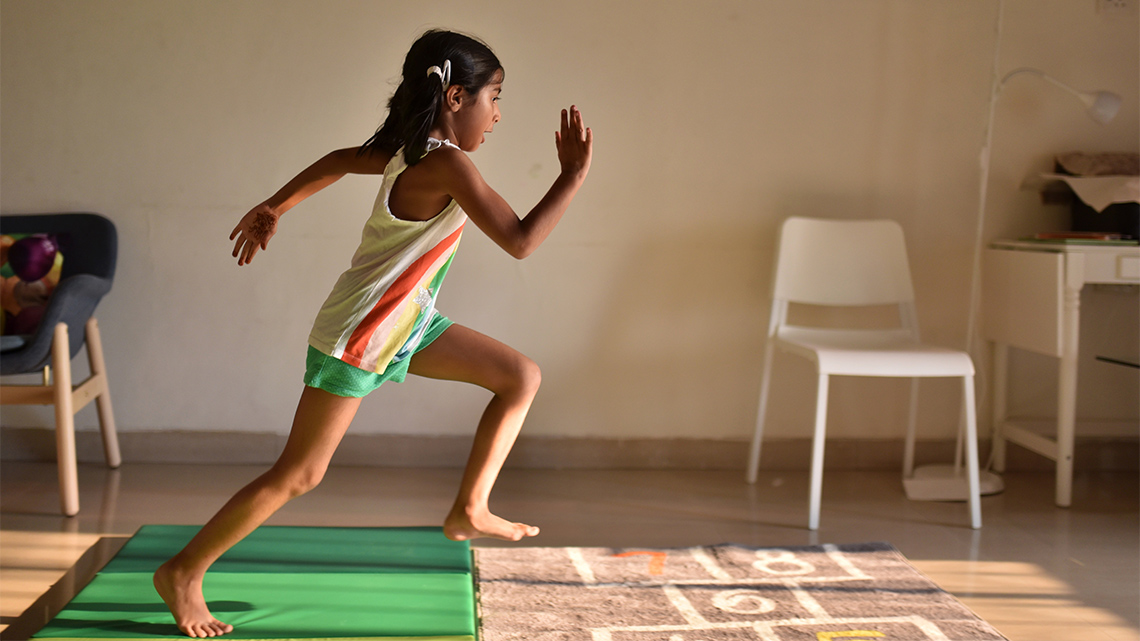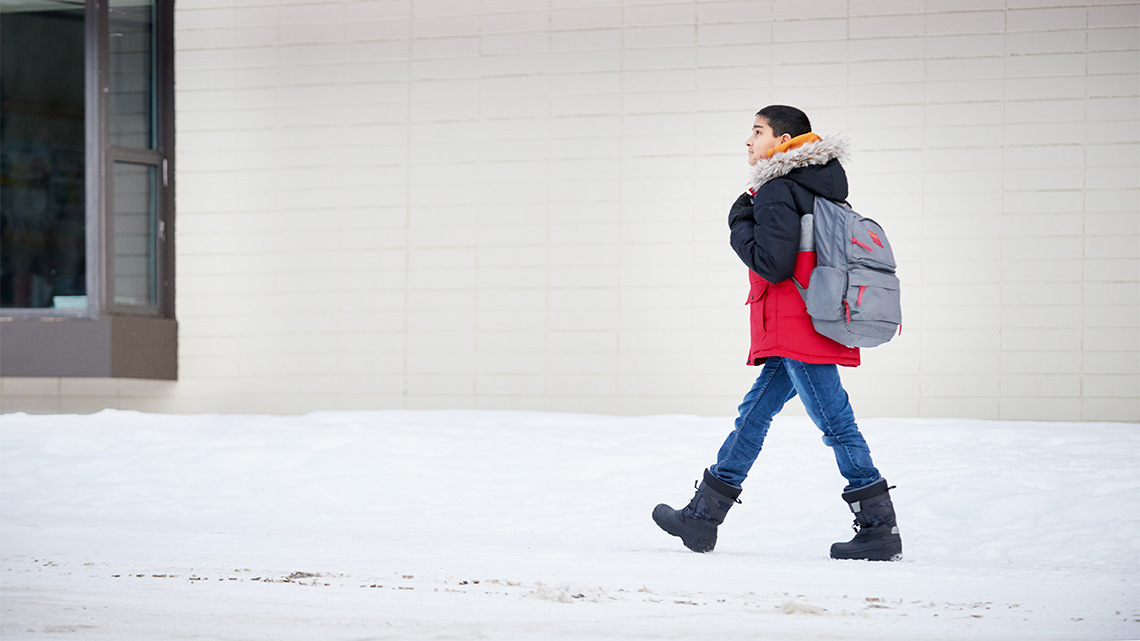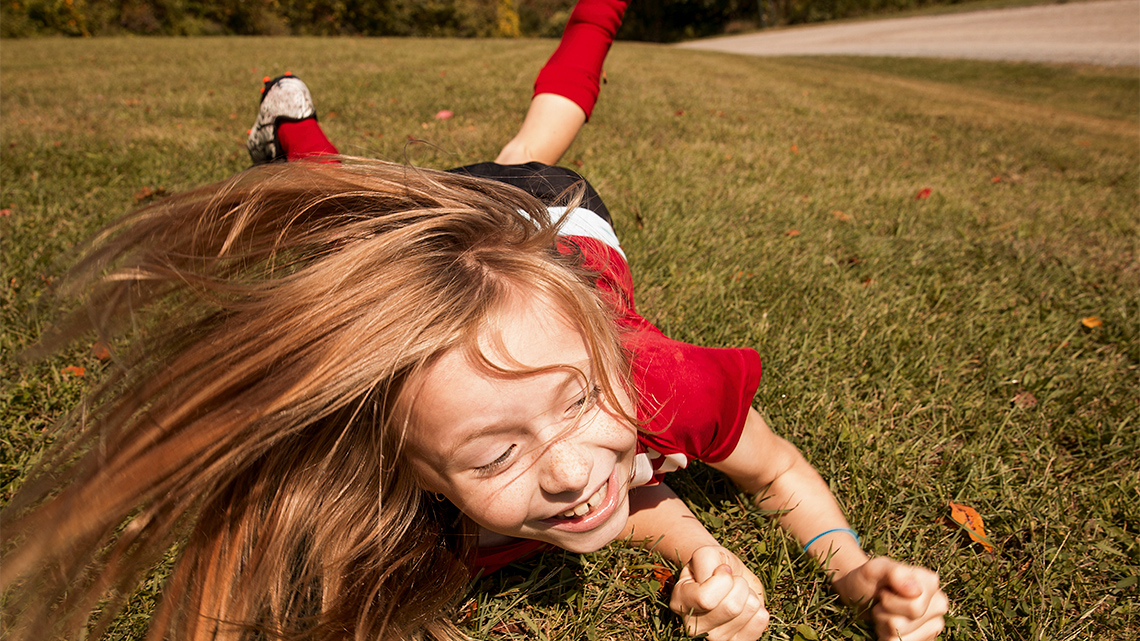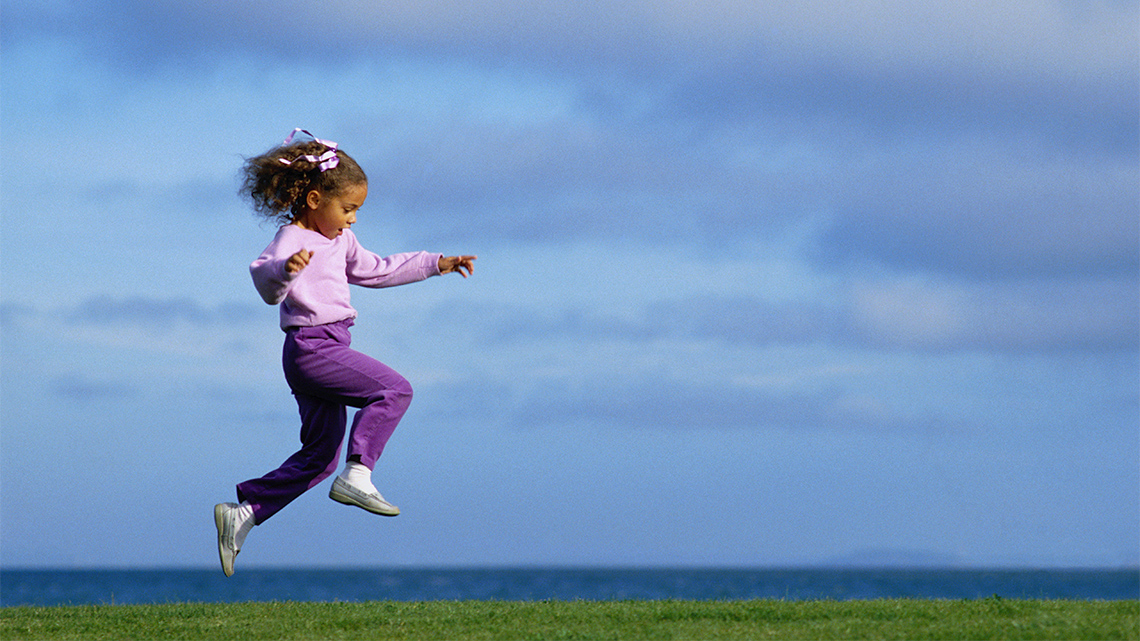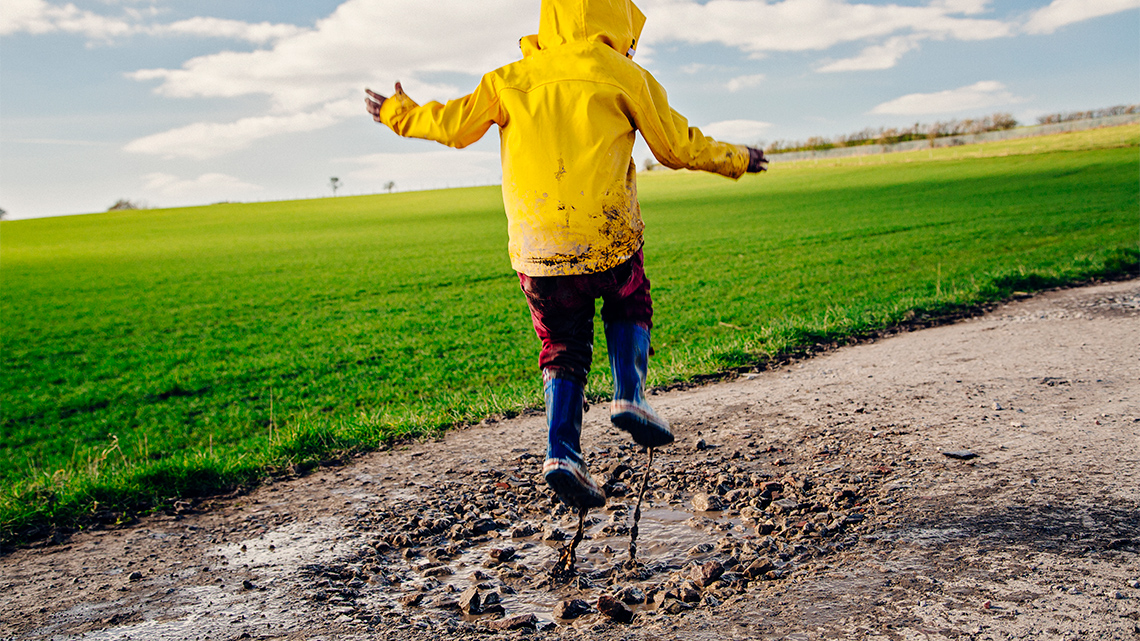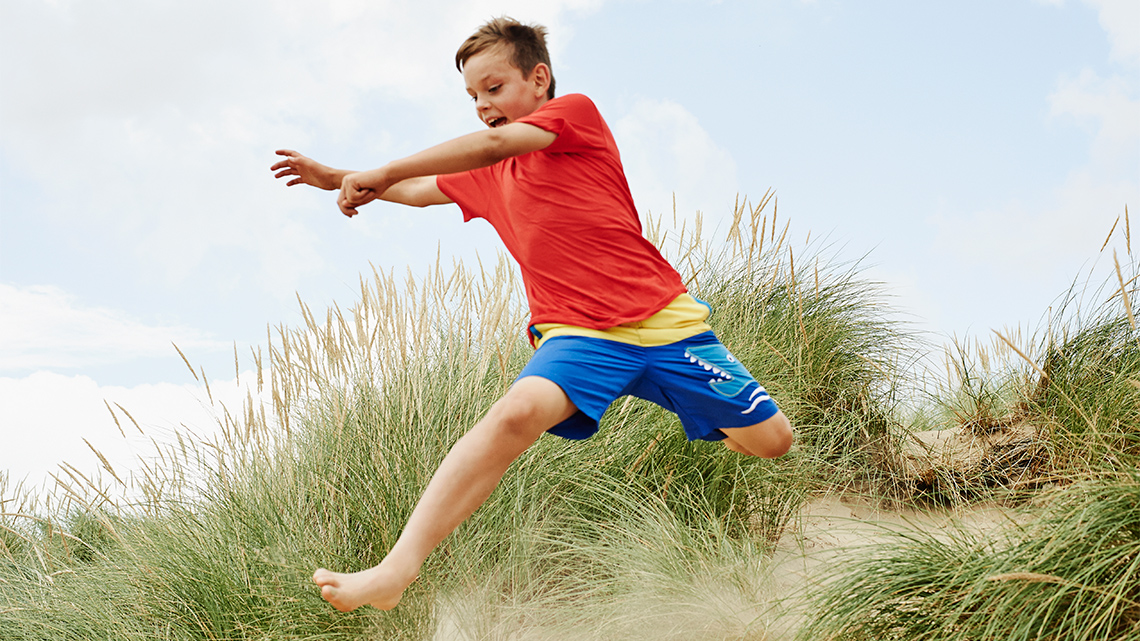Minds On
Balance
Explore the following carousel of images and decide whether the actions are balanced or unbalanced.
Brainstorm
Balanced and unbalanced
After exploring the previous carousel, reflect on a time when you were either balanced or unbalanced.
- What led to you being balanced or unbalanced?
- What does it mean to be balanced? What does it mean to be unbalanced?
- Are there any similarities and differences in being balanced and unbalanced?
You can record your ideas on paper, on a computer, as an audio or video clip, or by using another method of your choice.
Action
Balancing, jumping, and landing
Explore the following carousel of images and descriptions of different ways to balance, jump, and land.
We are now going to explore how you can use the skills and strategies of balancing, jumping, and landing in different physical activities.
Let’s get warmed up!
Always be sure to do your safety checks before starting an activity.
Safety
Before you begin:
Warm Up
Circus warmup
Warmups are simple activities that slowly increase our heart rate and get our muscles and joints ready!
Explore the following Power Up video entitled “Circus 3” to learn more about being active with a circus themed workout.
What is balance?
Balance is the ability to maintain a steady and controlled pose while stationary or moving, such as balancing on one leg or graduating from a tricycle to bicycle.
Being unbalanced means that you cannot maintain a steady pose, such as sitting improperly on a bike or waving your arms while walking across a beam.

Types of balances
There are two types of balance: static and dynamic.
Press each of the following tabs to learn more about static and dynamic balances.
Static balance is the ability to balance in a stationary position. In other words, being in control of a body position while not moving.
Playing freeze dance with your peers or sitting on a stool are both examples of static balance.
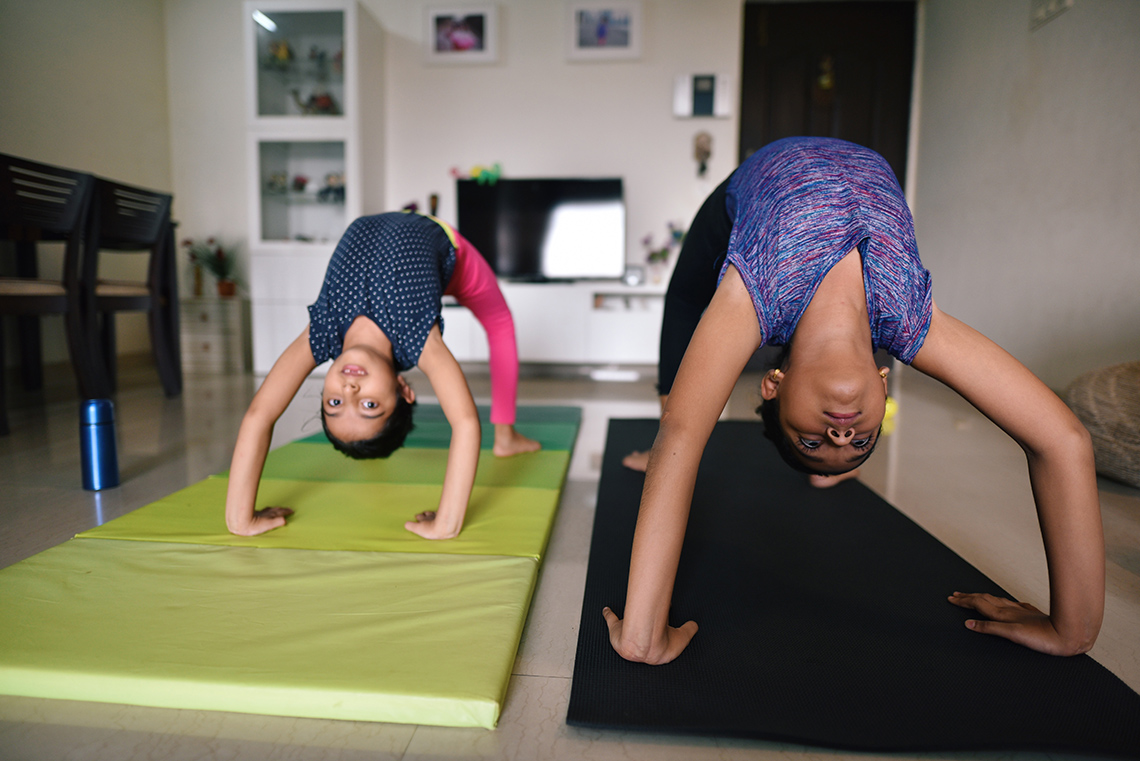
Many types of stretches require using static balance.
Dynamic balance is the ability to balance while moving around. This is the type of balance we tend to use in our day-to-day lives.
Hopping, jumping, throwing, rolling, and skipping are all examples of dynamic balance.
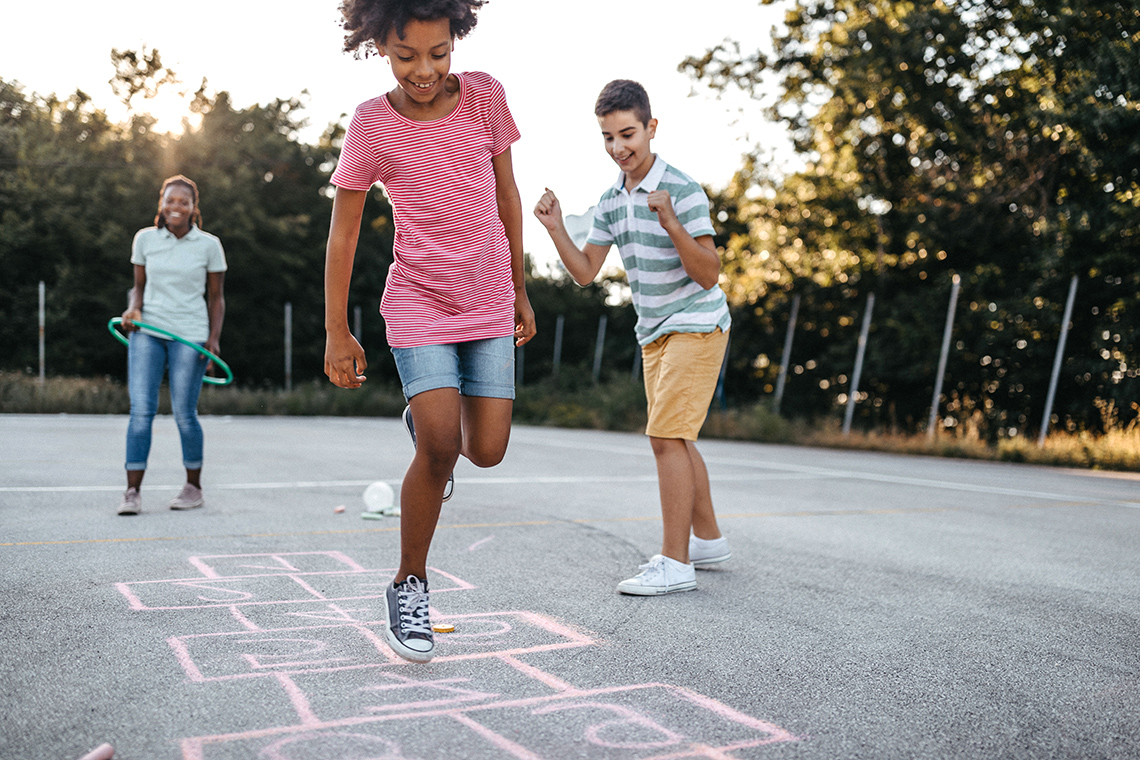
Many types of active games require using dynamic balance.
Transitions
Transitions are the movements that you make in between balances. These movements can help us take off during a jump, or land after a jump.
Explore the following carousel of movements that involve transitions.
Jumping and landing
There are many different ways to jump and land.
Press the following tabs to explore jumping and landing strategies.
Jumping is when you take off from a surface. You can jump for distance or for height.
When jumping, you should:
- bend your knees
- swing your arms back
- push off from your toes and jump as high or as far as you can

Landing is when you return to a surface after jumping. You move into the landing towards the end of a jump.
When landing, you should:
- use your arms to pump yourself ahead, and look forward
- land softly on your toes, then your heels, and at last, bend your knees
- freeze and hold a squat position

My movement strategies
Like all movement skills, balancing and jumping take practice. Some balances and jumps take more practice than others.
Let’s brainstorm the strategies you might use when balancing, jumping, and landing.
Complete the My Movement Strategies table in your notebook or using the following fillable and printable document. If you would like, you can use speech-to-text or audio recording tools to record your thoughts.
|
Record the strategies you might use when balancing, jumping, and landing. |
|
|
Movement |
My strategies |
|
Balancing |
|
|
Jumping |
|
|
Landing |
|
Press the ‘Activity’ button to access My Movement Strategies.
Static balance strategies
A static balance is when you hold your body still for at least three seconds.
When balancing, you should:
- stay focused
- try to keep control
- try to keep your muscles engaged
Try It
Static balance activity
Now think of a few static balance poses. You can choose any two that we’ve explored in this learning activity that you’d like to try!
You can also explore the following carousel for examples of static balance poses.
Remember to perform your safety check before you begin!
Remember to hold your balance in each pose for at least three seconds.
Hopscotch activity
In this next activity, we will practise our jumping, landing, and transition skills.
Don’t forget to use the strategies that we explored previously in this learning activity!
Press the following tabs to access the equipment and steps required to complete option one.
- Tape, chalk, or string.
- 1 soft object that can be thrown safely.
- Use tape, chalk, string, or another method of your choice to create a
hopscotch stencil. You can have a peer or adult assist you. You can include
shapes, numbers, letters, and more!
Explore the following examples. - Move to the starting point and throw your soft object anywhere along your hopscotch.
- To pick up the object, jump through each of the hopscotch blocks. If
possible, jump with one foot in the single blocks, and with two feet in the
double blocks. Remember to focus on your balance and where your object
landed.
You can also use any other locomotor movement of your choice to move through the hopscotch blocks. - When you are near your object, pick it up and hold a static balance pose of your choice. Keep your body still.
- Demonstrate a transition of your choice (hop, run, or skip) as you return to the starting point.
- Repeat steps 2 to 6 two more times, or until your object lands on the last
hopscotch block.
Have fun!
Pause and Reflect
Time to reflect
When you are finished with hopscotch, reflect on the following questions:
- What have you learned about holding your body in control and keeping your focus while balancing?
- How do you feel about using different movements in between your jumps and balances?
Record your ideas on paper, on a computer, as an audio or video clip, or by using another method of your choice.
Cool Down
Shake and arm circles cooldown
We’re now going to cool down with a body shake and side arm circles.
Remember to take slow and deep breaths as you allow the heart rate to return to a normal pace.
Body shake
1. Gently shake one arm, the other, or both.
2. Then, shake one leg, the other, or both.
3. Now, shake the head, hips, and whole body.
4. Keep shaking your body for 20 seconds.
Side arm circles
1. If possible, raise arms out from the sides of the body to shoulder height.
2. Slowly circle arms forward 10 times.
3. Then, slowly circle arms backward 10 times.
Optional: If possible, repeat steps 2 and 3 while marching on the spot.
Consolidation
Let’s review!
We are now going to review our knowledge of balances, transitions, and jumps.
For each sentence, select the missing word from the drop-down menu.
For each sentence, select the missing word from the drop-down menu.
For each sentence, select the missing word from the drop-down menu.
Parkour
Parkour is a sport that incorporates balancing, jumping, and leaping over and on obstacles. Similar to an obstacle course, you might notice parkour at your community playground or in a community facility.
Explore the following image of safe parkour.

My parkour course
Now it’s your turn to create your own parkour or obstacle course.
Parkour course checklist
When designing your parkour course, be sure to include:
When you are finished creating your parkour or obstacle course, set it up in a safe environment and then try it yourself!
Remember to perform your safety check before you begin!
If possible, share your parkour or obstacle course with a peer or adult.
Have fun!
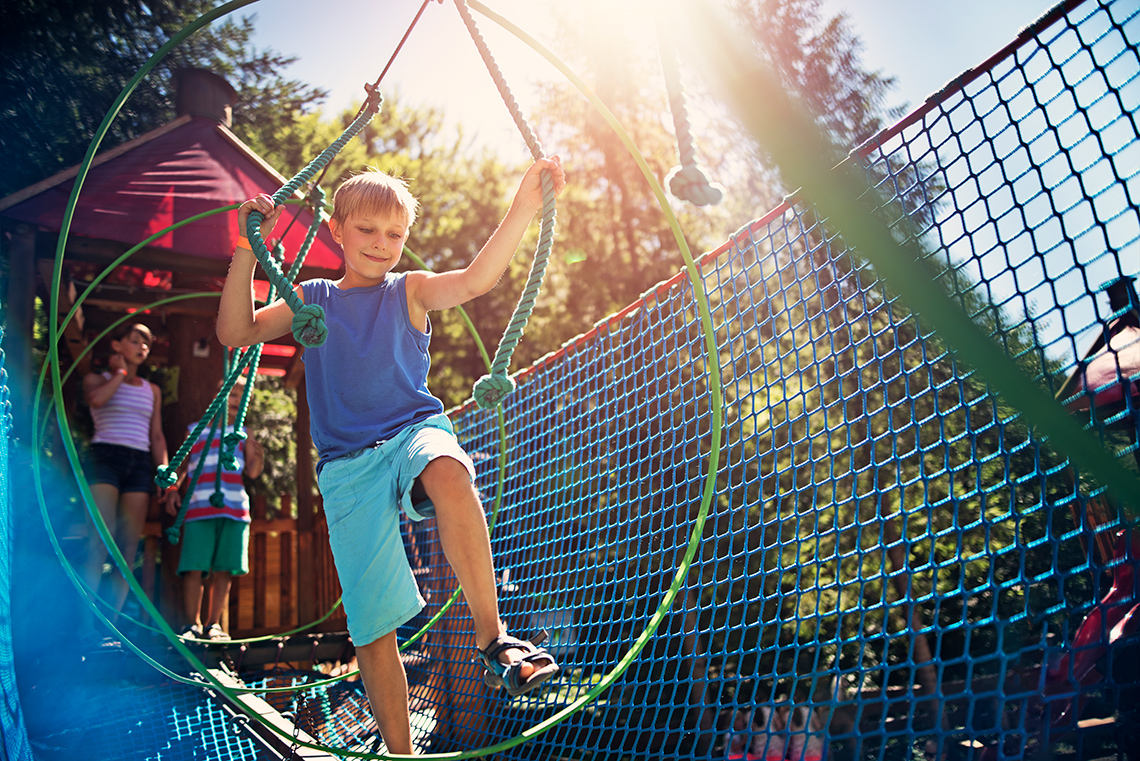
Reflection
As you read through these descriptions, which sentence best describes how you are feeling about your understanding of this learning activity? Press the button that is beside this sentence.
I feel…
Now, record your ideas using a voice recorder, speech-to-text, or writing tool.
